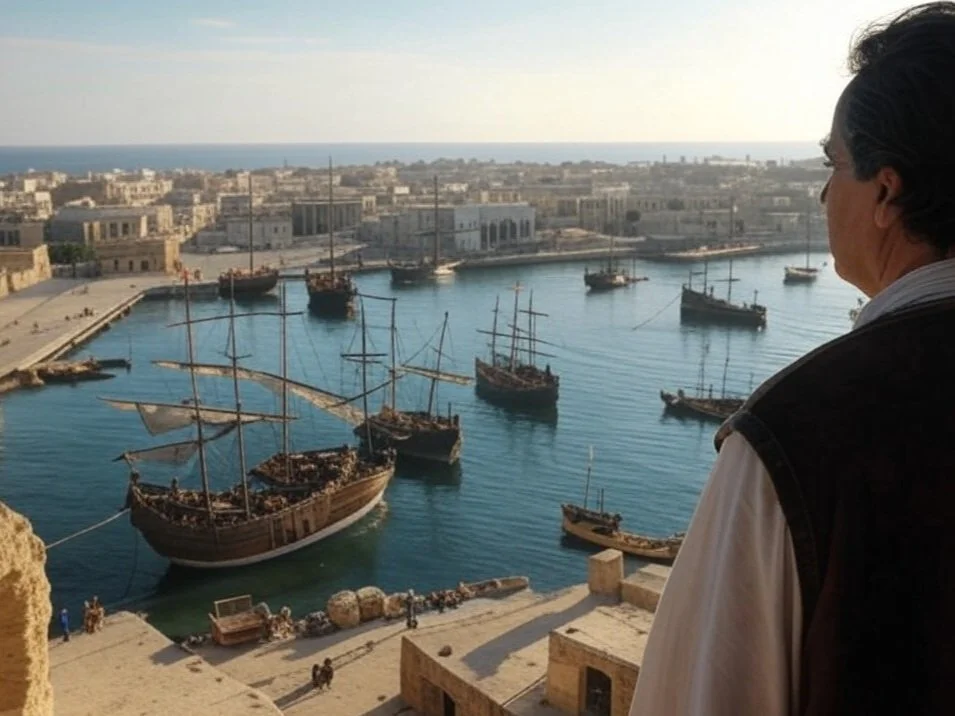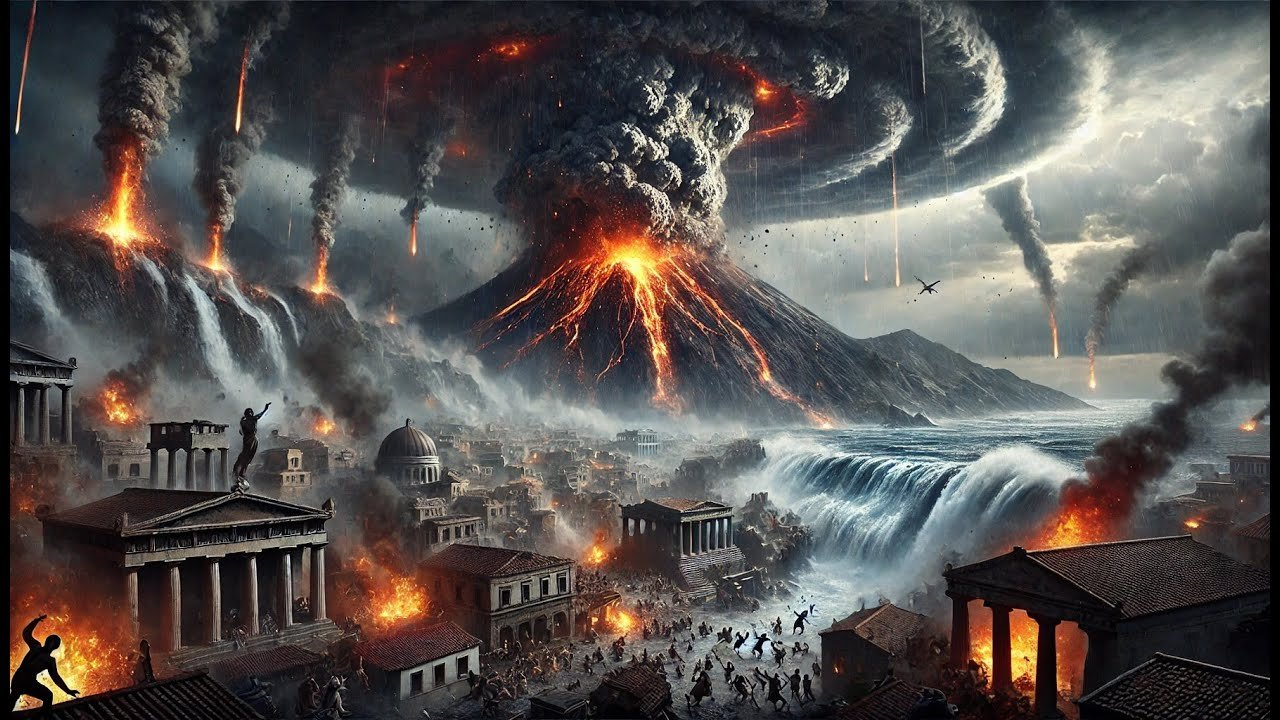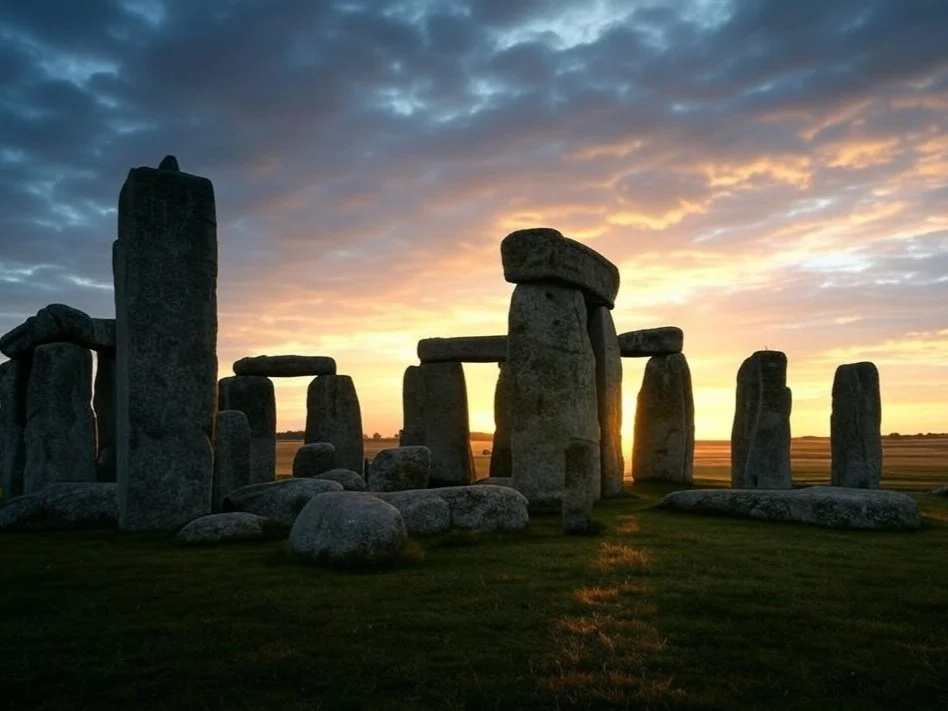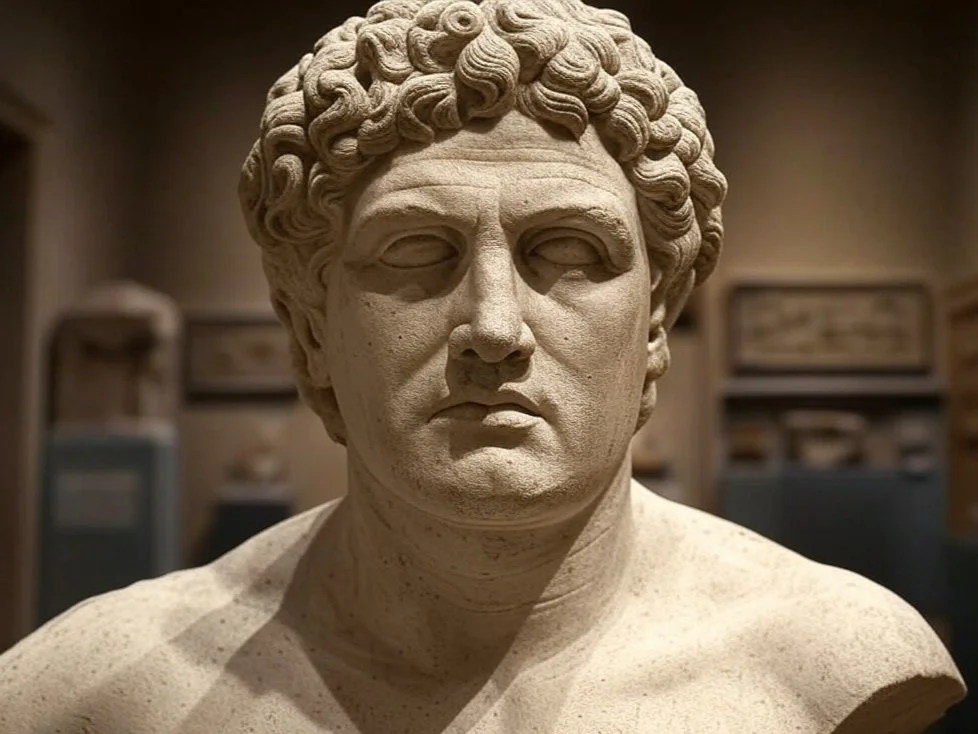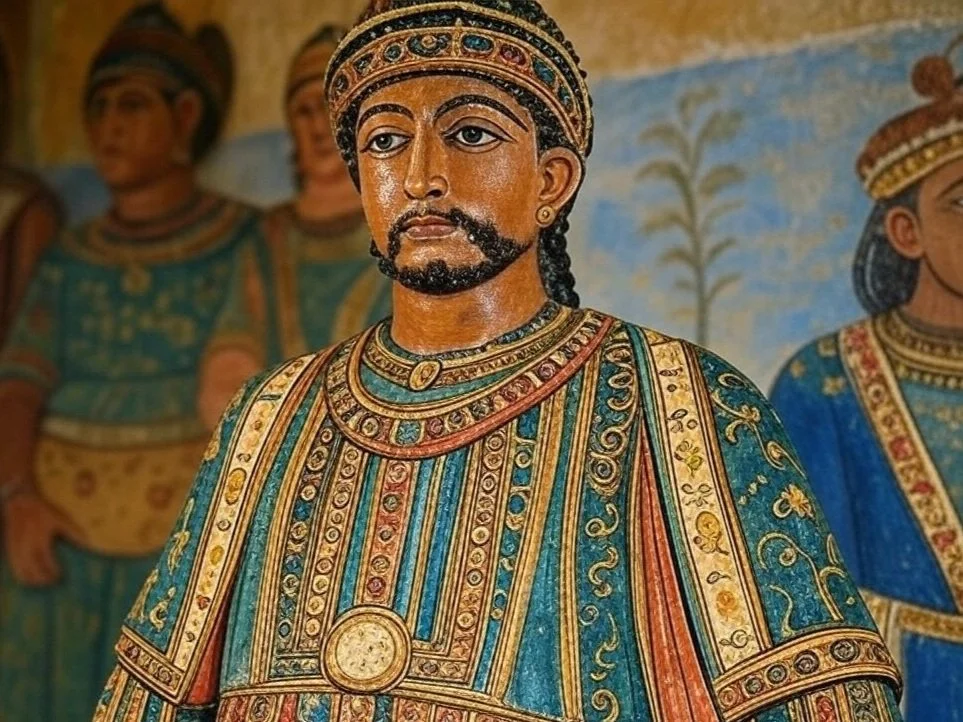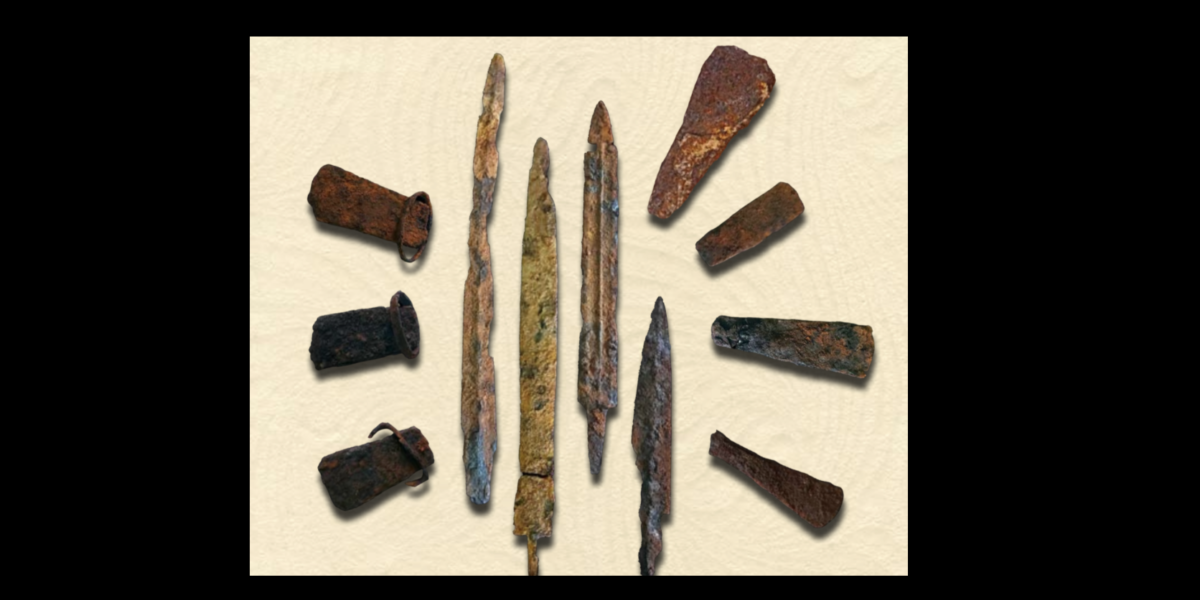Carthage, the ancient city-state located in present-day Tunisia, was one of the most formidable maritime powers of the ancient world. Founded by the Phoenicians in the 9th century BCE, Carthage grew into a dominant trading empire, controlling vast territories and influencing the Mediterranean region for centuries. Its history is marked by remarkable achievements, fierce conflicts, and eventual downfall at the hands of Rome. Archaeological discoveries continue to shed light on the society, culture, and legacy of this once-great civilization.
The Rise of Carthage
Carthage was established around 814 BCE by Phoenician settlers from Tyre, a city in modern-day Lebanon. Strategically located on the Gulf of Tunis, Carthage quickly became a hub for trade and commerce. The city's natural harbors and fertile hinterland facilitated its growth into a prosperous and powerful state.
A Trading Empire
Carthage's economy was built on maritime trade. The Carthaginians were skilled sailors and merchants, establishing trade networks that spanned the Mediterranean and beyond. They traded in a variety of goods, including precious metals, textiles, wine, olive oil, and the famous Tyrian purple dye. Carthage also controlled key trade routes and colonies, such as those in Sicily, Sardinia, and the Iberian Peninsula, which further bolstered its wealth and influence.
The Carthaginians were also known for their agricultural expertise. They developed advanced farming techniques, including irrigation and crop rotation, which allowed them to cultivate the fertile lands of North Africa and produce surplus goods for trade.
Conflicts with Rome
Carthage's rise to power inevitably brought it into conflict with other major powers, most notably Rome. The two civilizations clashed in a series of wars known as the Punic Wars (264–146 BCE), which ultimately led to the downfall of Carthage.
The First Punic War (264–241 BCE)
The First Punic War was primarily a naval conflict over control of Sicily. Despite their naval prowess, the Carthaginians were eventually defeated by Rome, which had rapidly developed its own fleet. The war ended with the Treaty of Lutatius, which forced Carthage to cede Sicily to Rome and pay a significant indemnity.
The Second Punic War (218–201 BCE)
The Second Punic War is perhaps the most famous of the conflicts, largely due to the exploits of the Carthaginian general Hannibal. Hannibal's daring crossing of the Alps with his army and war elephants is one of the most celebrated military feats in history. Despite several victories, including the devastating Battle of Cannae, Hannibal was unable to decisively defeat Rome. The war concluded with the Battle of Zama, where the Roman general Scipio Africanus defeated Hannibal. Carthage was forced to surrender its fleet, pay a massive indemnity, and relinquish its territories outside North Africa.
The Third Punic War (149–146 BCE)
The Third Punic War marked the final and most destructive conflict between Carthage and Rome. Fueled by Roman fears of a resurgent Carthage, the war culminated in the Siege of Carthage. After a prolonged and brutal siege, the city was captured, razed to the ground, and its inhabitants enslaved. The once-great Carthaginian Empire was no more.
Key Archaeological Finds
Archaeological discoveries have provided valuable insights into Carthaginian society, culture, and daily life. Some of the most significant finds include:
Tophet of Carthage: The Tophet is an ancient burial ground where urns containing the cremated remains of infants and animals were found. This site has sparked debates about Carthaginian religious practices, particularly the controversial theory of child sacrifice. While some scholars argue that the Tophet is evidence of ritual sacrifice, others suggest it may have been a cemetery for children who died naturally.
Harbors of Carthage: The city's dual harbors, the commercial harbor and the circular military harbor (Cothon), are remarkable feats of ancient engineering. The military harbor, in particular, was designed to house and protect Carthage's formidable navy. The remains of these harbors provide a glimpse into the city's maritime dominance.
Residential and Public Buildings: Excavations have uncovered the remains of Carthaginian homes, streets, and public buildings, including temples and baths. These findings reveal a sophisticated urban center with advanced architectural techniques and a high standard of living.
Artifacts and Inscriptions: Numerous artifacts, such as pottery, jewelry, and coins, have been discovered, showcasing Carthaginian craftsmanship and trade connections. Inscriptions in the Punic language have also been found, offering insights into Carthaginian writing and administration.
The Legacy of Carthage
Despite its destruction, Carthage's legacy endured. The city's influence on trade, agriculture, and maritime technology left a lasting impact on the Mediterranean world. The Punic Wars also played a crucial role in shaping the trajectory of Roman history, contributing to Rome's rise as a dominant power.
In the centuries following its fall, Carthage was rebuilt by the Romans and became an important city within the Roman Empire. Today, the archaeological site of Carthage is a UNESCO World Heritage Site, attracting scholars and visitors from around the world.
Conclusion
The rise and fall of Carthage is a testament to the complexities of ancient civilizations and the interplay of power, ambition, and conflict. As a maritime powerhouse, Carthage achieved remarkable feats in trade, agriculture, and naval warfare. Its conflicts with Rome, particularly the Punic Wars, are legendary and have left an indelible mark on history. Through ongoing archaeological discoveries, we continue to uncover the rich and multifaceted story of Carthage, shedding light on a civilization that once ruled the waves and shaped the ancient world.

